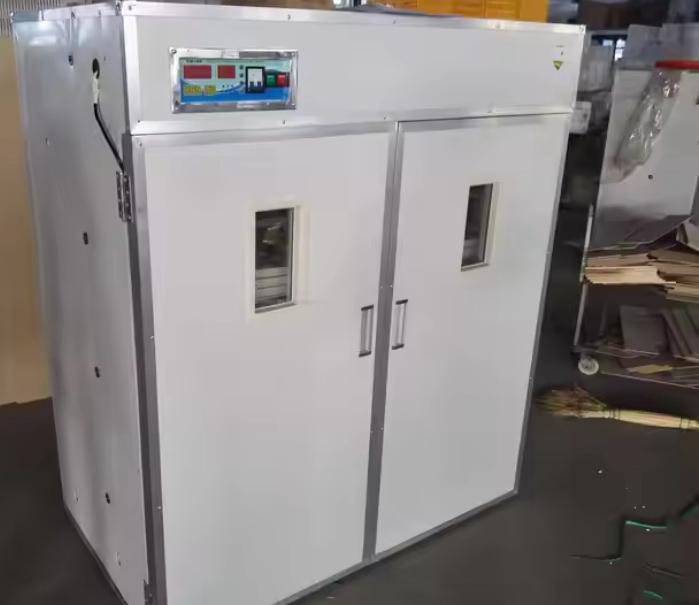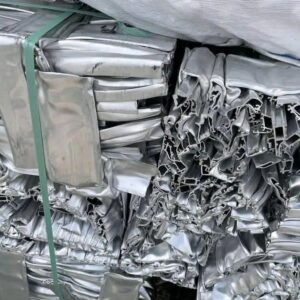1. Capacity: Most commercial incubators can hold 72 to 100 ostrich eggs depending on the size and type. Some models have modular trays for flexibility.
2.Temperature Control: Ostrich eggs require an incubation temperature between 36.0°C and 36.5°C (96.8°F to 97.7°F). A precise temperature control system is essential, with automatic adjustment capabilities.
3.Humidity Control: The relative humidity should be maintained between 20% and 40% during incubation, and it can increase to about 70% during hatching. An integrated humidity monitor and automatic humidifier are standard features.
4.Turning Mechanism: Ostrich eggs need to be turned several times a day to prevent the embryo from sticking to the shell. Incubators typically have automatic egg-turning mechanisms that rotate the eggs at intervals of 2-4 hours.
5.Ventilation: Adequate air circulation is crucial to supply oxygen and remove carbon dioxide. Incubators should have adjustable ventilation systems for optimal airflow.
6.Power Supply: Most incubators are powered by a 220V-240V electrical supply, though some offer backup battery options for power outages.
7.Size and Design: Ostrich egg incubators are generally larger than those for smaller poultry, often measuring around 60 cm x 100 cm x 150 cm or larger for high-capacity models.
These specifications ensure the proper environment for ostrich eggs, optimizing conditions for a successful hatch rate.














Reviews
There are no reviews yet.